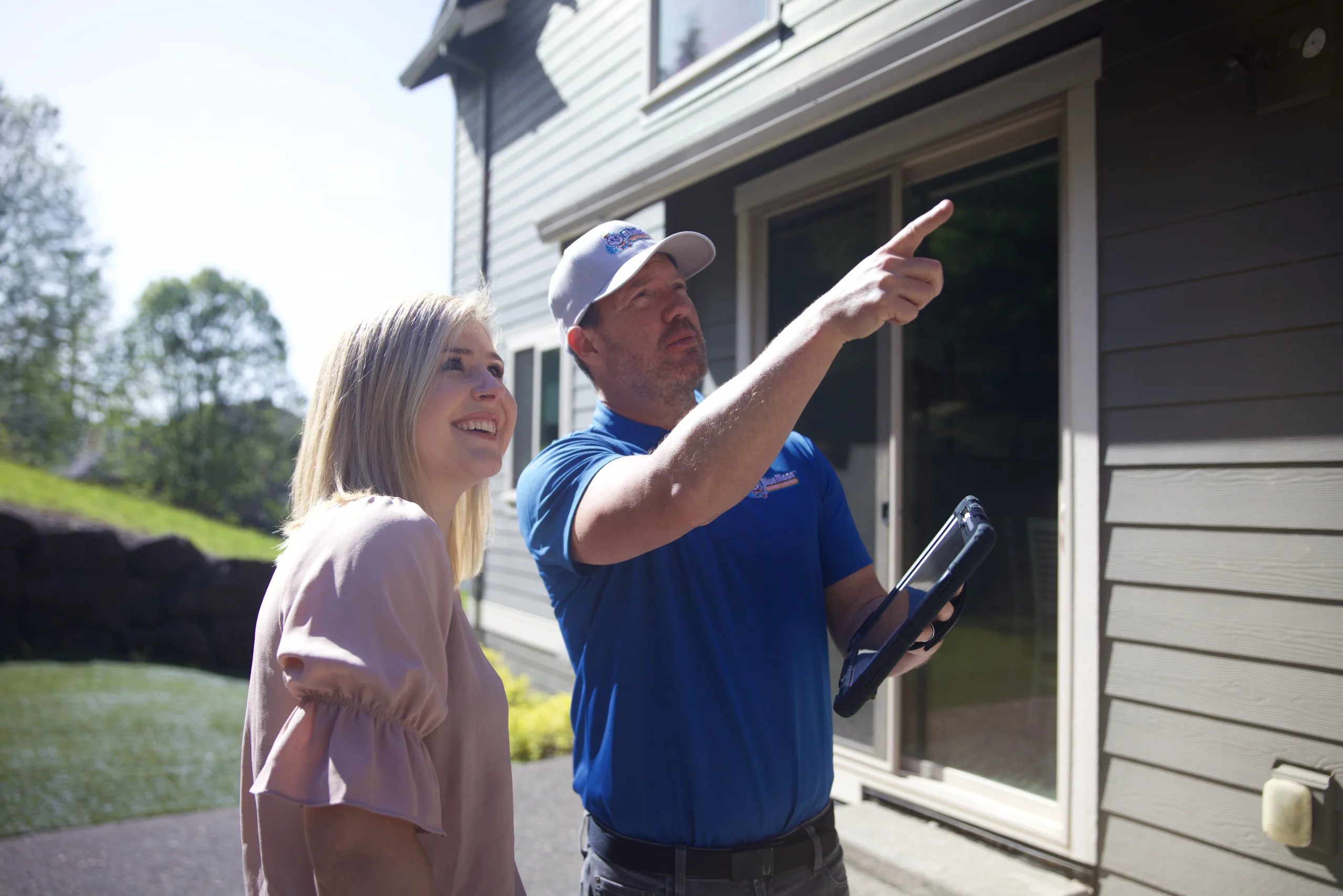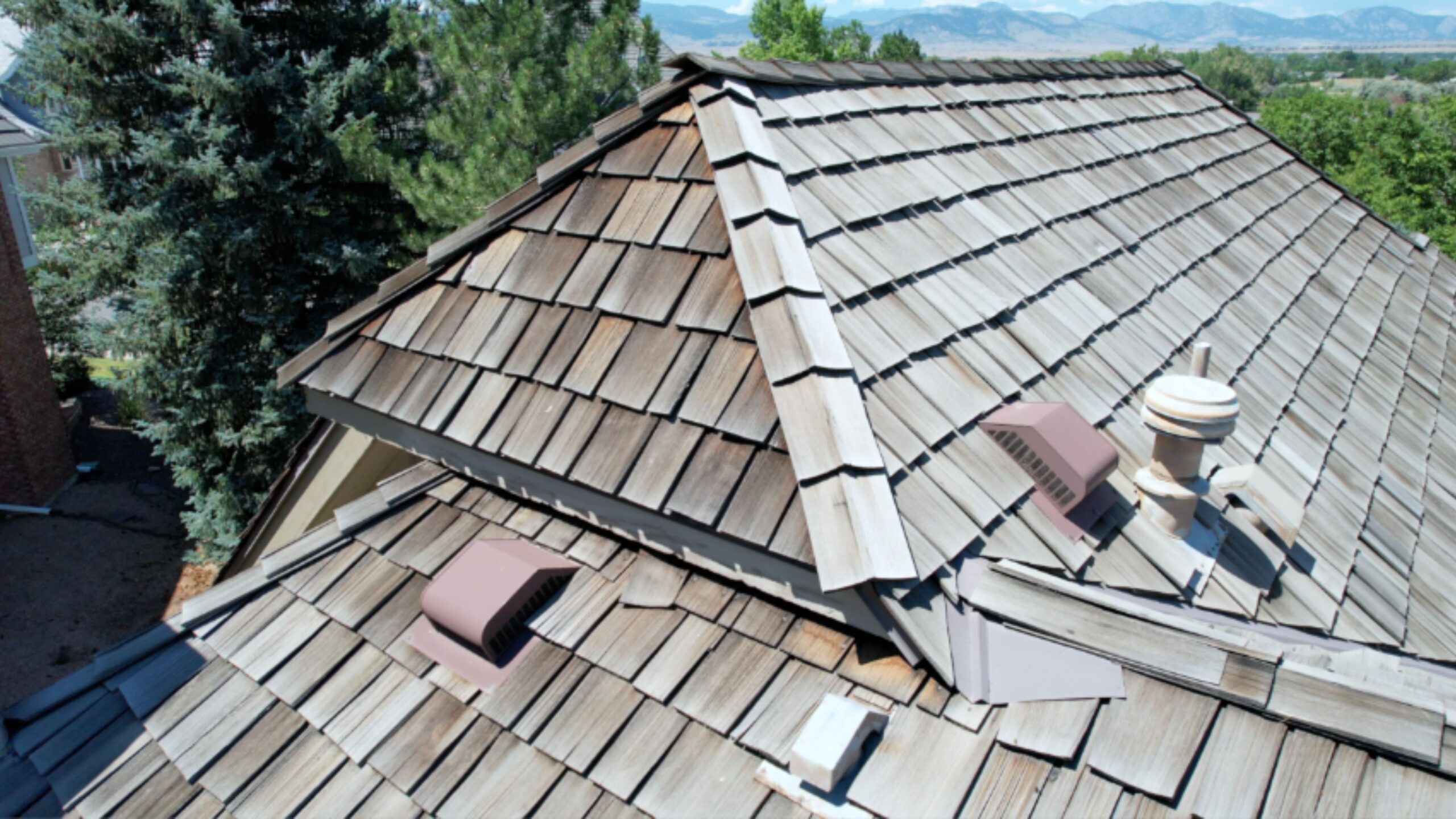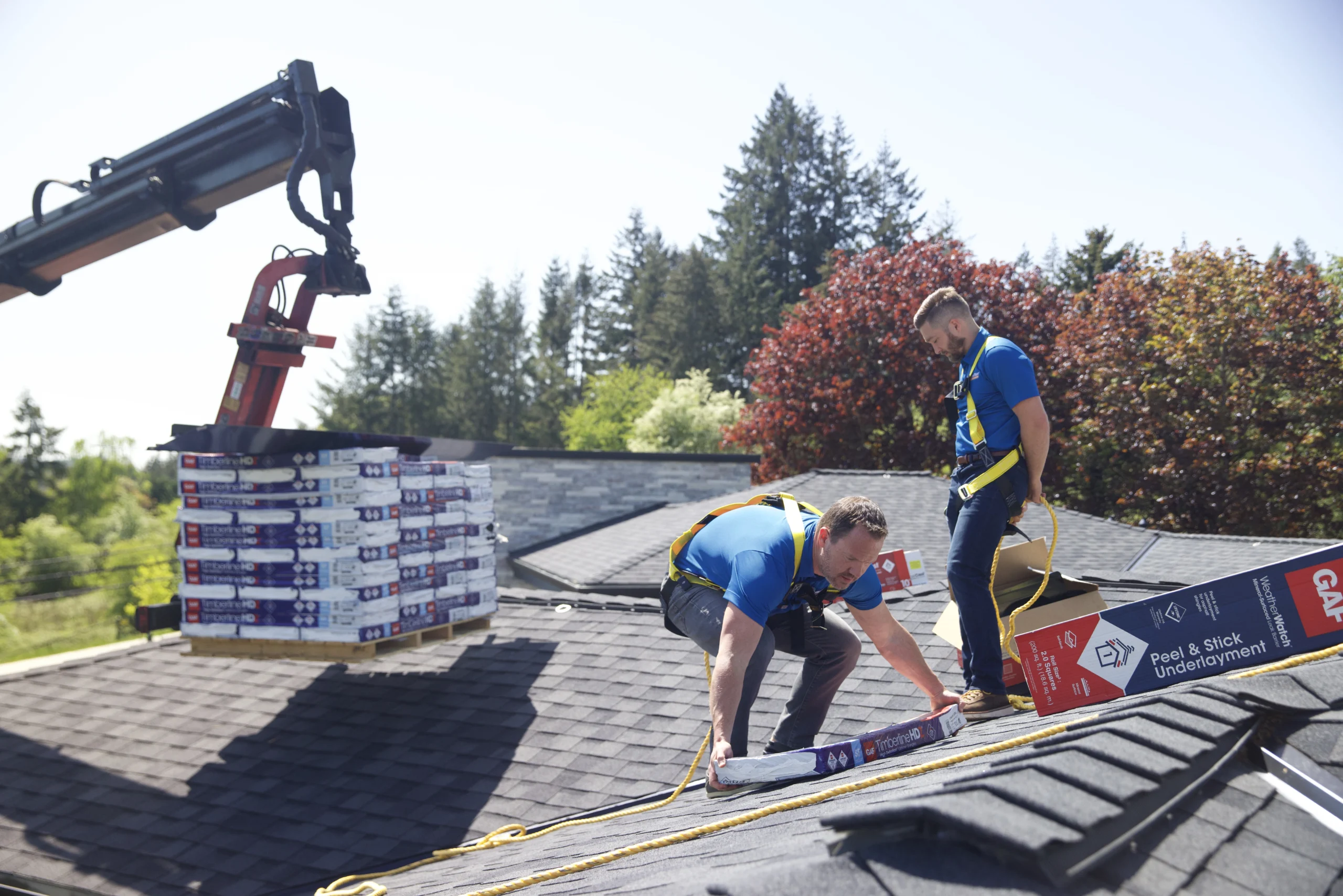Installing solar in Oregon means braving clouds, rain, and moss. But a solar ready roof Oregon can power your home year-round. In this guide, we break down steps—from solar panel prep to PGE incentives—to build a roof that’s rainproof and set for solar shingles or panels.
Planning Your Solar Ready Roof Oregon: Key Steps
Getting your roof set up for solar isn’t guesswork. Follow these essentials:
- Assess Roof Age for Solar. Know if your shingles can last 20+ years.
- Perform Roof Load Calculation. Can your rafters handle extra weight?
- Check Roof Shade Analysis. Map trees, chimneys and roof valleys.
- Coordinate Solar Panel Prep. Place mounts, wiring chase, junction boxes.
- Plan Roof Penetrations & Waterproof Flashing. Avoid leaks in the rainy season.
- Explore PGE Solar Incentives and Net Metering Oregon policies.
- Choose Between Panels or Solar Shingles for a seamless look.
- Ensure a Rainproof Solar Roof with quality underlayment and flashing.
Roof Age vs. Solar Readiness
| Roof Age | Action |
|---|---|
| Under 5 Years | Good to go; minor checks only |
| 5–15 Years | Inspect decking & load capacity |
| Over 15 Years | Plan replacement before install |
How do I perform roof shade analysis for optimal solar output?
Shade kills production. In Oregon’s cloudy sky, every sunbeam counts. Use a smartphone app or a digital roof-mapping tool at summer solstice. Mark shadows at different hours. Sketch a simple sun-path diagram. That map guides panel placement to avoid mossy corners and chimneys.
What roof age is ideal for installing solar panels in Oregon?
If your roof is under 10 years old, you’re usually fine. Between 10–20 years, get a contractor to do a roof load calculation and deck inspection. Over 20, replace the shingles first. You don’t want to remove panels for a reroof later.
How do I handle roof penetrations and waterproof flashing?
Every bolt hole is a potential leak. Use high-quality flashing kits made for solar mounts. Seal around rails with silicone or butyl tape. Test with a garden hose before closing up the attic. Waterproof flashing is your frontline defense against West Coast downpours.
What are PGE solar incentives and net metering policies in Oregon?
PGE offers a per-watt rebate for residential projects—up to a cap. Plus, Oregon’s net metering lets you bank unused energy at retail rates. Excess power spins your meter backward. Always confirm current rates on the PGE website, since policies shift every few years.
Can solar shingles work on a rainproof solar roof in cloudy regions?
Solar shingles blend with your roofline and shed water like normal shingles. They’re weatherproof and rated for heavy rain. In cloudy zones, their lower output is offset by broader coverage. You’ll need more roof area but get an integrated, sleek finish.
Next Steps to Your Solar-Ready Roof
- Book a structural engineer for load and decking inspection.
- Talk to certified solar installers about solar panel prep and flashing.
- Apply for PGE solar incentives and net metering in Oregon.
- Schedule tree trimming or remove shade obstacles.
- Decide between panels or solar shingles—balance cost, look, and output.
With these steps, your solar ready roof Oregon project will shine—even under clouds. Start planning now, and be ready the next sunny day your panels can feed your meter.
Ready to go solar? Contact a local installer today and transform your roof into a clean energy powerhouse!
 Call Now
Call Now Get In Touch
Get In Touch





